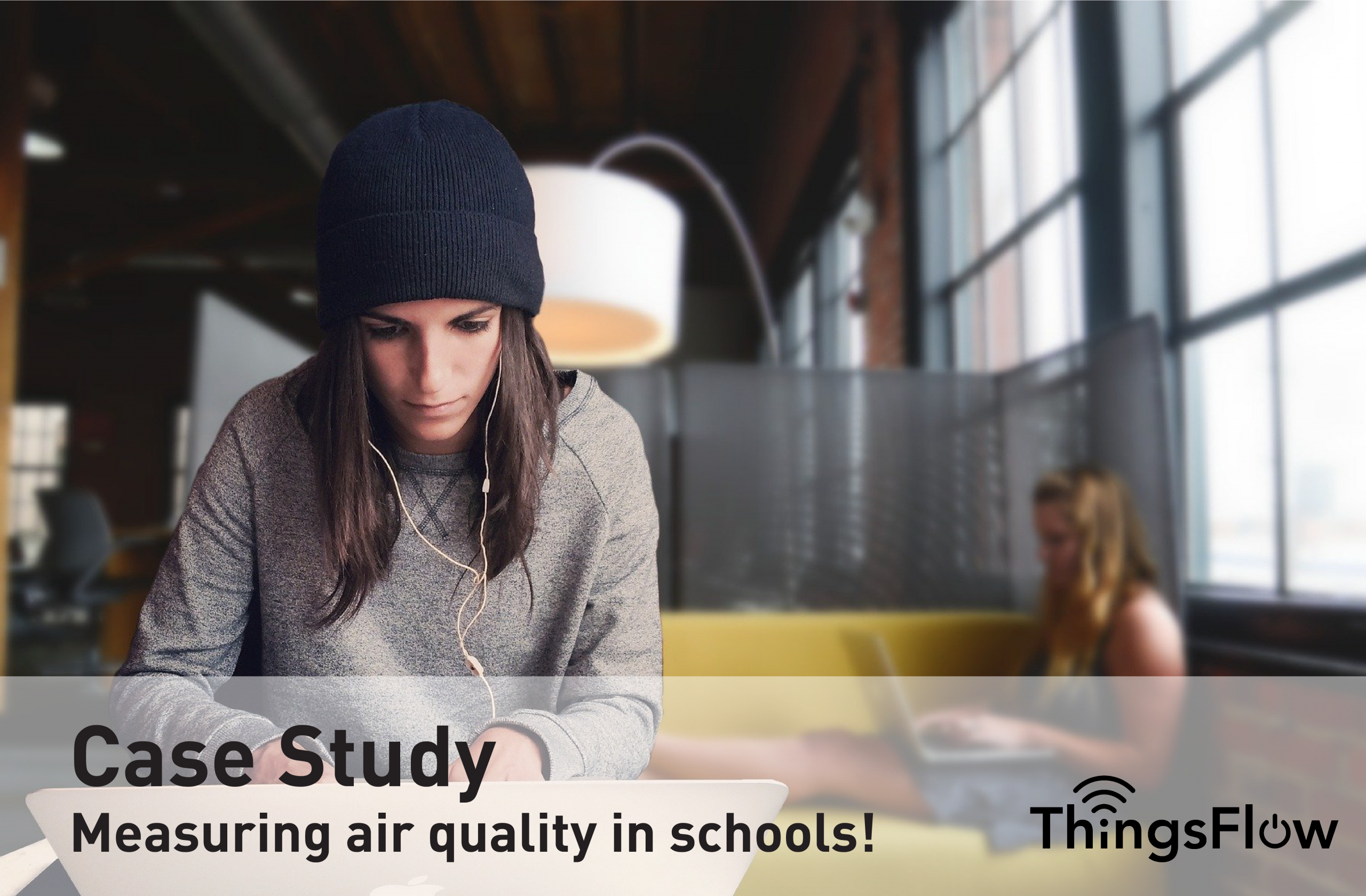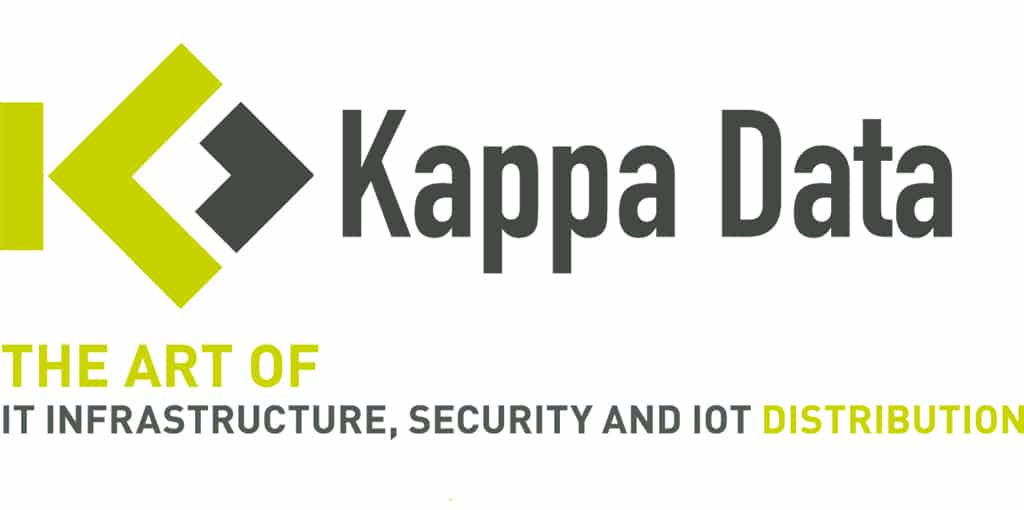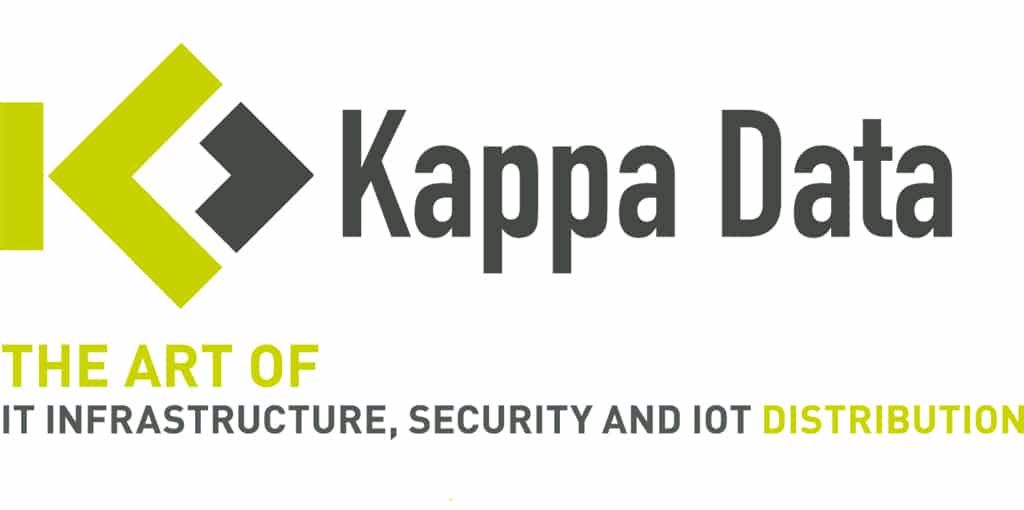
20 Apr Case Study: measuring air quality in schools!
HOGENT, a Flemish university college, inspires and stimulates teachers and students daily to make a difference in and for society in their own way. Taking care of the health and safety of all teachers and students is an absolute priority.
During the COVID-19 pandemic it became clear that sufficient ventilation is crucial to keep infections under control. Therefore, at the beginning of the academic year, HOGENT classified several classrooms as having limited natural ventilation. To ensure that physical classes could continue even in these classrooms, HOGENT deployed the necessary COVID-19 prevention measures. In addition, the decision was made to install a monitoring solution that provides real-time insight into the air quality.
ThingsFlow: a plug & play IoT solution
For the permanent monitoring of the air quality, HOGENT chose ThingsFlow from Kappa Data. This solution allows them to measure CO2, humidity and temperature.
ThingsFlow was delivered to HOGENT as a plug & play Air Quality Kit, consisting of an IoT platform, IoT gateways and end-devices. Kappa Data’s experts configured the solution as required in advance so that it could be installed immediately upon arrival. The hardware can also be moved at any time if changes, such as a remodel, occur.
Measuring is knowing!
The CO2, humidity and temperature data from the classrooms is collected in the ThingsFlow Education Platform, which was developed by Kappa Data specifically for schools.
The HOGENT management and prevention advisors can consult the collected data at any time at global, floor and classroom level. Teachers and students can also call up the current CO2 content and air quality from the classroom by scanning the QR code attached to the measuring devices.
With these insights, HOGENT immediately responds to the current situation and looks at the impact of, for example, an influx of fresh air if a window is opened or the ventilation time is shortened. Decisions are taken on this, such as shortening the lesson duration by half an hour and extending the breaks. In addition, they use the data to better tune the preventive measures to possible risks and to substantiate the decisions.
HOGENT has now equipped the classrooms at Schoonmeersen campus with 70 devices. And the buildings on the Mercator campus are equipped with 40 devices.



No Comments